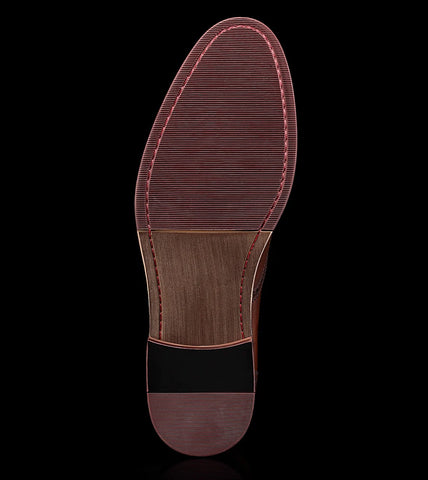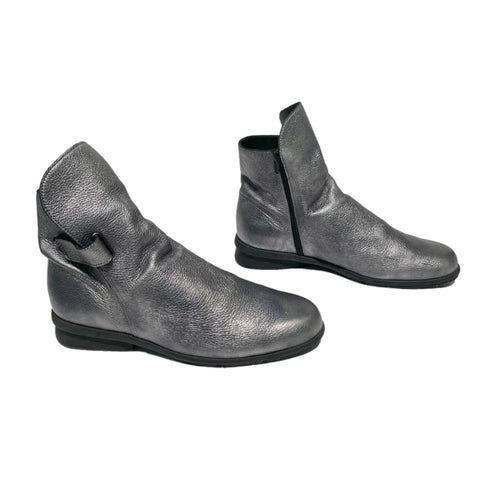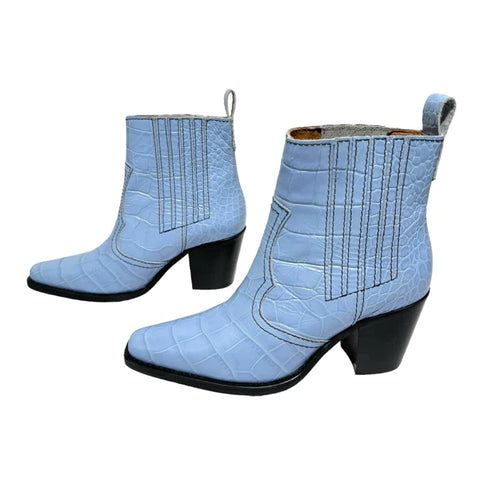Today we are going to dive into one of the most universally loved fashion item, the boot! At Here We Go Again, we love shoes so much that we have a shoe-la-la room filled with all different types of footwear you can imagine. And luckily, during these colder months, the room fills with so many different boots, we have to play Tetris on the shelves. With so many different options, it is hard to know how to choose. I am here to help you out on your next boot hunt with some tips and details to look out for to make sure your purchase becomes a wardrobe essential.
Before we dive into the meat and potatoes, here is the basic anatomy of a boot that will be important to understand. You may already know all of this, but here we go just to cover our bases.
The Sole: The sole refers to the bottom of the shoe, the part that is in contact with the ground. This is commonly made of leather or rubber, both good options depending on your needs.
The Shaft: The shaft is anything from the ankle up. Essentially the portion of the shoe that covers your leg.
The Upper: The upper is anything that is attached to the sole, that covers the top part of your foot.
Overall fit:
Your boots should be comfortable the moment you try them on. Everything should fit snug, but not too tight, and some slight movement in the heel, but again not too much. You should feel some movement in the back when you take a step, but if you can feel your heel wiggle too much in the back, that is not a good fit.
It helps to try on boots with a pair of thick socks.
Try on shoes at the end of the day when your feet will be at its biggest.
Understand the flex point of the boot.
The flex point is where your foot bends and where the boot should bend. Normally, the widest part of the sole should match the widest part of your foot to find the most comfortable flex point for you.
Signs of a high quality boot:
Materials
Depending on what you are looking for, the most suitable materials will vary. But overall, full grain leathers tends to be the best in terms of longevity and quality.
Softer leathers, such as calf skin and scotch grain are wonderful choices however, they do require more upkeep.
Pay attention to how the sole is attached to the upper.
If you see that it is stitched together instead of glued, that is a good indication of quality and durability.
Blake Stitch and Goodyear Welt are the best types of stitching to see.
Blake Stitch is when the uppers are stitched directly to the sole.

image courtesy of Marc Brunell
This type of shoe construction has good flexibility and is not as expensive, but is not as durable as the Goodyear Welt.
A Goodyear Welt requires more steps, layers, and the uppers are not directly stitched to the sole, therefore you will not see that stitch on the bottom that you see in the Blake Stitch.

image courtesy of Cobbler Union
This type of stitching is great if you ever want to resole your boots, it is longer lasting, and may even be more comfortable, but it is more expensive and will not be as flexible as the Blake Stitch.
Both are good options, just depends on the characteristics that are most important to you.
We have so many killer options in the shop right now, but here are just a few that I think are top-notch.
Thanks for reading, and until next time!
Dre




